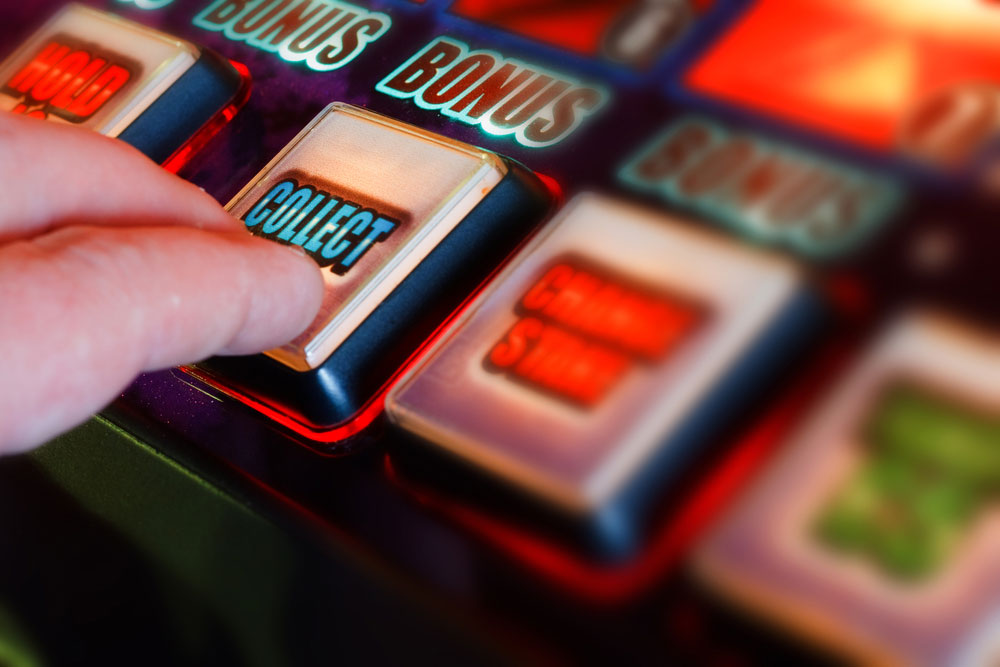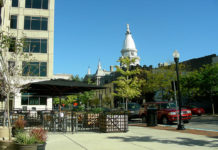its analysis of “functional connectivity,” or looking for regions of the brain that communicate differently during a craving response to cues. Researchers once again saw a difference in the way the brain communicated with the reward system in problem gamblers compared to the control group. It was the gambling cues, rather than the neutral ones, that triggered responses in reward-related circuitry in those with a gambling addiction.
In the U.K., where the study was conducted, problem gambling affects about 9 people per 1,000, according to the Royal College of Psychiatrists. However, about 70 people per 1,000 gamble at risky levels that have the potential to become problematic.
According to a 2014 report from the National Council on Problem Gambling, the prevalence rate of problem gambling in the U.S. among adults was 2.2 percent.
The California Council on Problem Gambling stated that more than 80 percent of adults 21 and over in California have gambled at some point in their lives, and almost 4 percent of adults are problem gamblers, which amounts to roughly 1 million Californians with a gambling problem, the agency stated.
“The implications of [the results from the study] are that cue activity could potentially be used as a treatment biomarker,” Limbrick-Oldfield said.
















